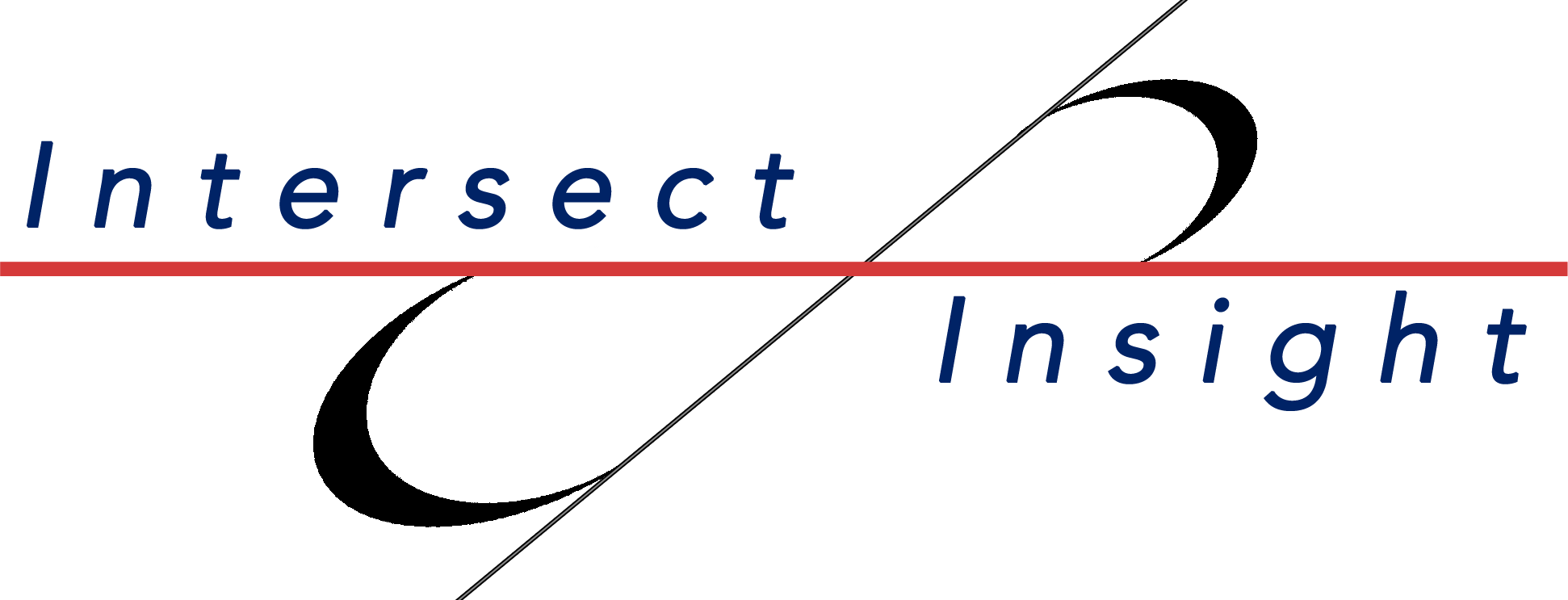
SUSTAINING YOUR ENTERPRISE
Government agencies, NGOs, and businesses strive to meet mission objectives and often assume that success in doing so will ensure that their organizations will maintain themselves over the long term. But what is often missing from this calculation is an effective strategy for self-sustainment that is aligned with but distinct from mission-specific activities.
“Our goal typically is to help convert enterprises from net consumers of investment resources to net generators of sustaining resources.”
Our team has helped a wide variety of enterprises in diverse market sectors (e.g., environment, energy, security, public health) to develop and implement self-sustainability plans to ensure that their primary mission orientation can be met successfully and adapt to ever-changing environments. We can help an enterprise to exhibit the hallmarks of a self-sustainability: resilience, growth, innovation, leadership, continuous improvement, and staff, client and stakeholder loyalty.
The Intersect Insight team has experience planning, building and operating science and technology infrastructure ranging from entire institutions to specific organizational units focused on sustaining the larger institution (e.g., technology commercialization offices, business development units, etc.). In each instance, our approach has been to identify best practices drawn from both indigenous host country and international sources, adapt and align those practices with the strategic goals of the enterprise, and to embed those practices into effective operational policies and procedures.
“A comprehensive menu of sustaining best practices exists in such areas as funding development, financial management, operational excellence, staff development, and strategic partnering.”
Organizational sustainability often is viewed primarily as effective staff training, but key practices to sustain the enterprise should be in place throughout all main activities, and the breadth of experience and capability of the Intersect Insight team underpins this systems approach.
Our team is also continually monitoring major developments in enterprise sustainability, such as the pharmaceutical industry shift from sole reliance on closely guarded in-house intellectual property creation to adding “open innovation” systems, or the UK’s creation of “catapult centers” for highly targeted commercial R&D, and we are especially interested in adapting such new approaches where they may address other international needs.
Developing Sustainable Business
Includes both traditional and emerging techniques of business development that can be adapted to a wide variety of both commercial and public institutions and enterprises
Creating and Delivering Value
Focuses on critical sustainment support activities such as intellectual property and technology management
Mobilizing Innovation Infrastructure
Encompasses the key management functions (e.g., stakeholder engagement, strategic partnering) of any sustainable entity

SUSTAINING YOUR ENTERPRISE
Government agencies, NGOs, and businesses strive to meet mission objectives and often assume that success in doing so will ensure that their organizations will maintain themselves over the long term. But what is often missing from this calculation is an effective strategy for self-sustainment that is aligned with but distinct from mission-specific activities.
“Our goal typically is to help convert enterprises from net consumers of investment resources to net generators of sustaining resources.”
Our team has helped a wide variety of enterprises in diverse market sectors (e.g., environment, energy, security, public health) to develop and implement self-sustainability plans to ensure that their primary mission orientation can be met successfully and adapt to ever-changing environments. We can help an enterprise to exhibit the hallmarks of a self-sustainability: resilience, growth, innovation, leadership, continuous improvement, and staff, client and stakeholder loyalty.
The Intersect Insight team has experience planning, building and operating science and technology infrastructure ranging from entire institutions to specific organizational units focused on sustaining the larger institution (e.g., technology commercialization offices, business development units, etc.). In each instance, our approach has been to identify best practices drawn from both indigenous host country and international sources, adapt and align those practices with the strategic goals of the enterprise, and to embed those practices into effective operational policies and procedures.
“A comprehensive menu of sustaining best practices exists in such areas as funding development, financial management, operational excellence, staff development, and strategic partnering.”
Organizational sustainability often is viewed primarily as effective staff training, but key practices to sustain the enterprise should be in place throughout all main activities, and the breadth of experience and capability of the Intersect Insight team underpins this systems approach.
Our team is also continually monitoring major developments in enterprise sustainability, such as the pharmaceutical industry shift from sole reliance on closely guarded in-house intellectual property creation to adding “open innovation” systems, or the UK’s creation of “catapult centers” for highly targeted commercial R&D, and we are especially interested in adapting such new approaches where they may address other international needs.
Developing Sustainable Business
Includes both traditional and emerging techniques of business development that can be adapted to a wide variety of both commercial and public institutions and enterprises
Creating and Delivering Value
Focuses on critical sustainment support activities such as intellectual property and technology management
Mobilizing Innovation Infrastructure
Encompasses the key management functions (e.g., stakeholder engagement, strategic partnering) of any sustainable entity
